Found a total of 10000 related content

Speed Up Your WordPress Website with YOOtheme Pro
Article Introduction:YOOtheme Pro: Blazing-Fast WordPress Theme and Page Builder
YOOtheme Pro isn't just another WordPress theme; it's a powerful page builder prioritizing website speed. Its streamlined codebase, leveraging cutting-edge web technologies like Vue.js and
2025-02-09
comment 0
887

8 Pre-built BeTheme Sites You Can Edit with Elementor
Article Introduction:BeTheme: Effortless WordPress Website Building with Elementor
BeTheme, a versatile WordPress theme, simplifies website creation through seamless compatibility with leading page builders: Elementor, Muffin Builder, and WPBakery Page Builder. This co
2025-02-08
comment 0
547
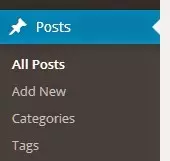
How to Create Your Own Custom WordPress Taxonomies
Article Introduction:This comprehensive guide explores WordPress taxonomies, explaining their function, implementation, and benefits. We'll cover creating custom taxonomies and integrating them into your theme.
Key Concepts:
WordPress taxonomies organize posts and page
2025-02-19
comment 0
934
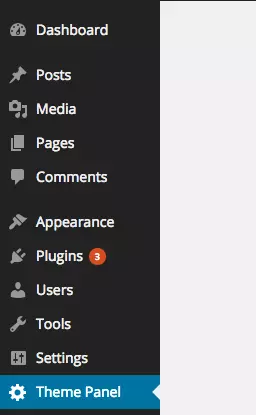
Create a WP Theme Settings Page with the Settings API
Article Introduction:Key Takeaways
The WordPress Settings API is a popular tool for creating a theme settings page, allowing for customization of features, behavior, and styles without directly editing PHP or CSS files. This makes updating the theme easier and prevent
2025-02-17
comment 0
930
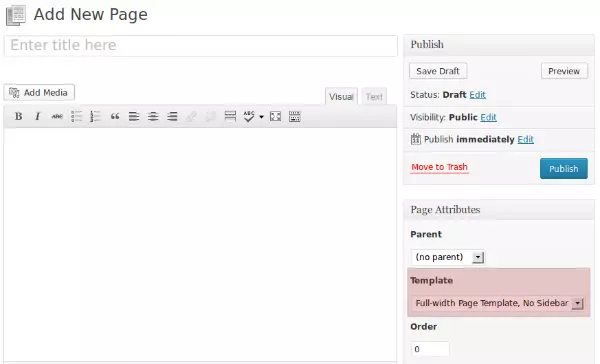
WordPress Page Design: Shortcodes v Page Templates
Article Introduction:WordPress Theme Customization: Comparison of Page Template and Short Code
With its powerful features and flexibility, WordPress dominates the field of web design. Many amazing page designs are derived from WordPress’s theme customization capabilities, and page templates and shortcodes play a key role. This article will explore these two technologies in depth to help you choose the one that best suits your needs.
Core points
WordPress mainly implements custom page design through page templates and short codes. Page templates are used to display categories, articles, and pages in the default topic; short codes are reusable code snippets that provide complex features and display options.
When you need to customize the entire page, you should be better
2025-02-20
comment 0
1062

How to Customize WooCommerce Product Pages
Article Introduction:Key Points
WooCommerce product page customization uses operations and filter hooks to directly modify the theme file without modifying the tags of the template file.
Customize the product page by loading the single-product.php file and copying the template in the theme, all changes are made in a copy, ensuring that custom changes are not affected when updating the theme and plug-in.
You can create a custom product page or product category by adjusting the custom templates for these pages and ensuring that the new product or category you are added is at the end of the content-single-product.php file.
Use plugins such as Elementor and Beaver Builder, no
2025-02-10
comment 0
932

Understanding 'The Loop' in WordPress
Article Introduction:WordPress loop mechanism: building the core of page content
This article will explore the crucial "The Loop" mechanism in WordPress theme development in depth. Loops are the cornerstone of WordPress building page content. They can traverse all articles or pages in a concise way, and can also filter specific content based on categories, dates, or other identifiers through complex logic.
The page template for each WordPress theme contains almost a "loop" that allows the template to search and get page and article content from the database. More advanced requirements, such as limiting query results or filtering by category or custom field values, can be implemented with WP_Query.
The best way to understand and use "circulation"
2025-02-10
comment 0
761
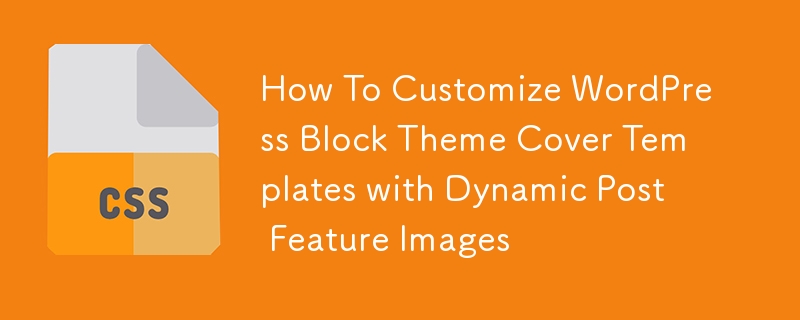
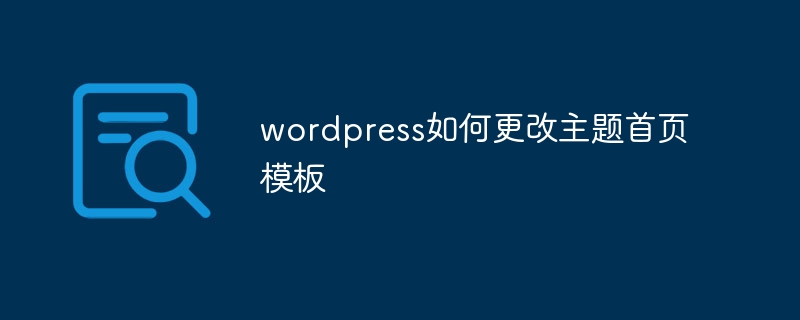
How to change the theme homepage template by wordpress
Article Introduction:Steps to modify WordPress homepage template: Log in to the WordPress dashboard. Go to Appearance >Theme Editor. Find and back up the "index.php" file. Update home page template elements, including title, content, sidebar, and footer. Save changes and preview them.
2025-04-20
comment 0
1133

Introducing Portfolio WordPress Theme – and the Design Decisions Behind it
Article Introduction:SitePoint grandly launches the new premium WordPress theme "Portfolio", which aims to provide creatives such as designers, writers and artists with a minimalist and open platform to showcase their work. The theme was developed by SitePoint in collaboration with DroitLab's designer Shahadat.
Core design concept
Design decisions for Portfolio themes cover aspects such as typography, images, gallery views, and particle geometry effects. The theme uses Raleway font as the title and Open Sans Regular font as the text, both inspiring the lightweight, single-line thickness style of the icon. The gallery view focuses on displaying visual effects in a square tile layout, and
2025-02-10
comment 0
1001
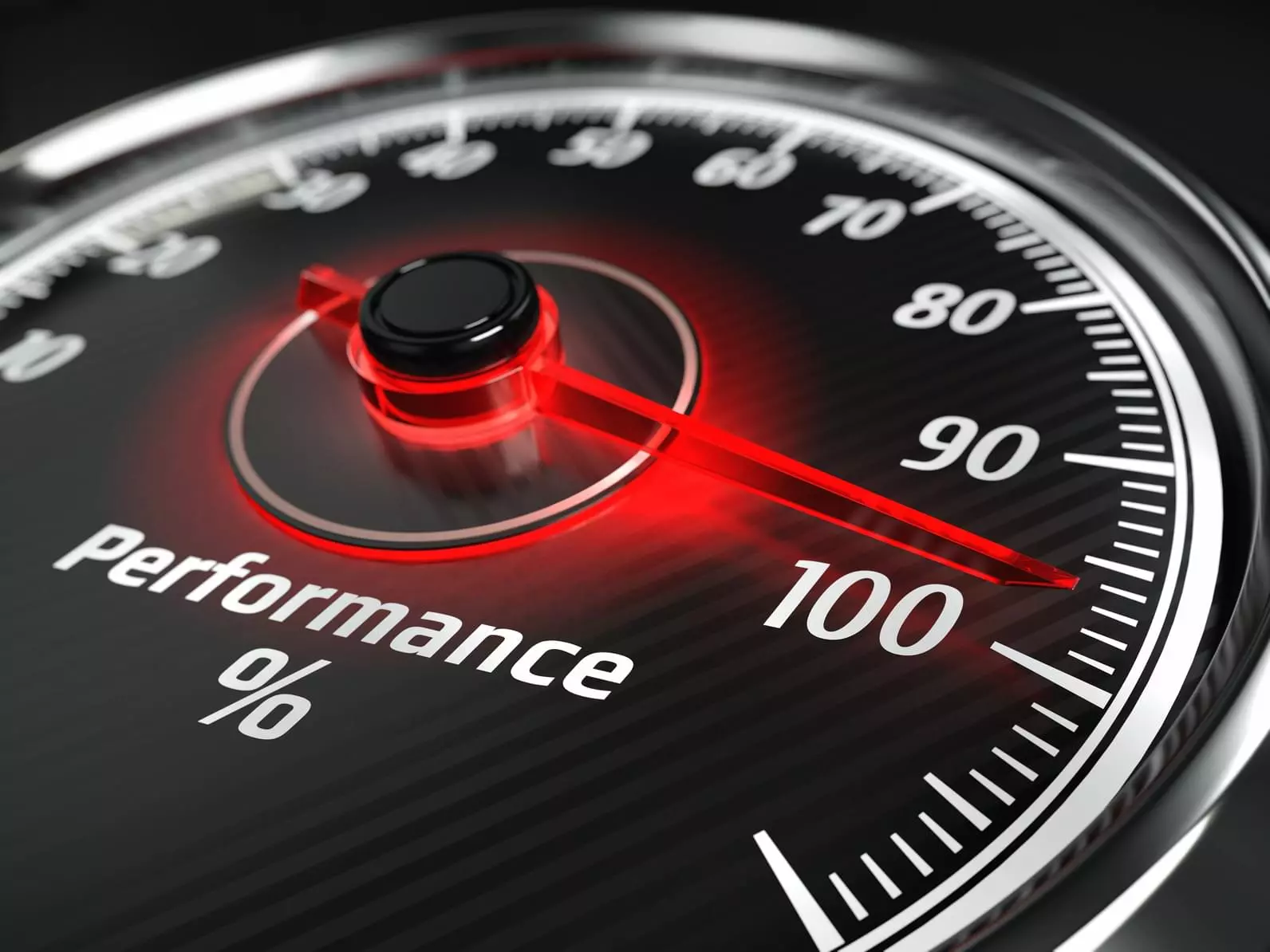
How to Improve the Performance of Your WordPress Theme
Article Introduction:A practical guide to improving the performance of WordPress themes
Core points
WordPress theme performance is affected by the number of HTTP requests, download resource size, and page efficiency. Reducing these factors can significantly improve performance.
How to quickly improve WordPress performance includes: consulting hosts, enabling GZIP compression, enabling WordPress and browser caching, disabling unused plugins, removing unnecessary resources, and replacing social media buttons.
Images are the main reason for the bloated website. By removing or replacing unnecessary images, using the correct format, adjusting large bitmap image sizes, maximizing image compression and achieving lazy loading, page weight can be significantly reduced and performance can be improved.
More thorough solutions include
2025-02-10
comment 0
653

How to update themes using WP-CLI
Article Introduction:It is actually not difficult to update WordPress themes, and using WP-CLI is more efficient and convenient. 1. First make sure that the server has WP-CLI installed, has SSH access permissions and is located in the root directory of WordPress; 2. Use wpthemestatus--update=available to view the updated theme list; 3. Update a single theme or wpthemeupdate--all with one click to update all themes. It is recommended to back up the website before operation to prevent compatibility issues; 4. Pay attention to permission settings, automatic update interference, error prompt processing, and multi-site scenarios that need to add --network parameters.
2025-07-31
comment 0
580

How to Add Featured Image Thumbnails to Your WordPress Theme
Article Introduction:Guide to Adding Featured Image Thumbnails in WordPress Theme
You may notice the Featured Image box when editing an article or page. It allows you to upload or select images associated with the article. It usually appears as a thumbnail when viewing a list of articles (such as category indexes or search results). Thumbnail support must be enabled in the theme. You can add it to the plugin so that all themes can work, but this doesn't work in all cases. Therefore, you need to open or create the "functions.php" file in the theme folder (wp-content/themes/theme-name/).
To add thumbnail support for all post types, add the following code after the tag that is opened:
add
2025-02-20
comment 0
809

What is the WordPress loop
Article Introduction:TheLoop is the core mechanism used in WordPress theme development to obtain and display article content from a database. It checks whether there are articles that need to be displayed through the PHP code block. If so, it loops through each article and outputs title, content and other information in the set format. By default, Loop displays an article list on the home page, archive page, or search result page, and only the current article is processed on the single article page. Its basic structure includes having_posts() to check whether there is an article, the_post() loads the current article data, and combining while and if statements to ensure that the loop is executed correctly. Custom Loop can be implemented through WP_Query modifying query parameters, such as displaying a specific category, an article of a certain author or
2025-07-20
comment 0
224

Easy Landing Pages in WordPress with Long Form Storybuilder
Article Introduction:Long Form Storybuilder: Easily create engaging WordPress landing pages without coding skills
Core points:
Long Form Storybuilder is a free WordPress plugin that allows users to create custom, interactive, multimedia rich landing pages without any web development or design skills.
The plugin uses WordPress default theme customization panel and adds unique blocks that make up the landing page. Users can add, delete, update and rearrange these blocks as needed.
Long Form Storybuilder is designed for beginners and is compatible with a variety of browsers and screen rulers.
2025-02-16
comment 0
778

Getting Started with WordPress MVC
Article Introduction:In WordPress we often have to stick with plain PHP when creating plugins. This leads to PHP and HTML code getting mixed up in a single page, which isn’t a good practice. Separation of concerns is a design principle that states that we should split up
2025-02-15
comment 0
1290

How to use get_template_part
Article Introduction:get_template_part is a practical function used to reuse code blocks in WordPress theme development. It reduces duplicate code and improves maintainability by loading specified template files. Its basic usage is get_template_part($slug,$name), where $slug is a required parameter to represent the basic template name, and $name is an optional variant name. For example, get_template_part('content') loads content.php, and get_template_part('content','single') preferentially loads content-single.php, if not present, fallback
2025-07-29
comment 0
614

Adding a Contextual Help Tab to Custom Post Type Screens
Article Introduction:WordPress context help tags: The key to improving user experience
A small "Help" tab in the upper right corner of the WordPress admin panel will display useful information and usage of each admin page. This is the context help tab. Its "context" feature is that the information displayed is related to the currently viewed management page. For example, clicking on the article editing page will display instructions for customizing the screen display, entering titles and content, inserting media files, and enabling or disabling comments and pingbacks.
For plugin or theme developers, this helps to provide users with fast documentation, thereby reducing customer support issues. If you want to learn topic development, you can check out SitePoi
2025-02-10
comment 0
1118

How to display query count and page loading time in WordPress
Article Introduction:One of our users asked other websites how to display the number of queries and page loading time in the footer. You often see this in the footer of your website, and it may display something like: "64 queries in 1.248 seconds". In this article, we will show you how to display the number of queries and page loading time in WordPress. Just paste the following code anywhere you like in the theme file (e.g. footer.php). queriesin
2025-04-19
comment 0
708

How to display child categories on archive page of parent categories
Article Introduction:Do you want to know how to display child categories on the parent category archive page? When you customize a classification archive page, you may need to do this to make it more useful to your visitors. In this article, we will show you how to easily display child categories on the parent category archive page. Why do subcategories appear on parent category archive page? By displaying all child categories on the parent category archive page, you can make them less generic and more useful to visitors. For example, if you run a WordPress blog about books and have a taxonomy called "Theme", you can add sub-taxonomy such as "novel", "non-fiction" so that your readers can
2025-04-19
comment 0
500



















